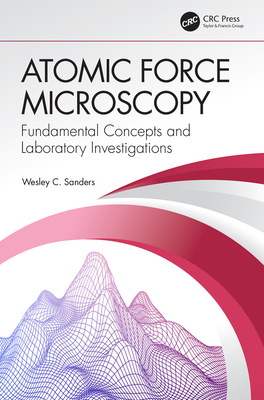Design, Modeling and Control of Nanopositioning Systems (Advances in Industrial Control)
暫譯: 奈米定位系統的設計、建模與控制(工業控制進展)
Andrew J. Fleming, Kam K. Leang
相關主題
商品描述
Covering the complete design cycle of nanopositioning systems, this is the first comprehensive text on the topic. The book first introduces concepts associated with nanopositioning stages and outlines their application in such tasks as scanning probe microscopy, nanofabrication, data storage, cell surgery and precision optics. Piezoelectric transducers, employed ubiquitously in nanopositioning applications are then discussed in detail including practical considerations and constraints on transducer response. The reader is then given an overview of the types of nanopositioner before the text turns to the in-depth coverage of mechanical design including flexures, materials, manufacturing techniques, and electronics. This process is illustrated by the example of a high-speed serial-kinematic nanopositioner. Position sensors are then catalogued and described and the text then focuses on control.
Several forms of control are treated: shunt control, feedback control, force feedback control and feedforward control (including an appreciation of iterative learning control). Performance issues are given importance as are problems limiting that performance such as hysteresis and noise which arise in the treatment of control and are then given chapter-length attention in their own right. The reader also learns about cost functions and other issues involved in command shaping, charge drives and electrical considerations. All concepts are demonstrated experimentally including by direct application to atomic force microscope imaging.
Design, Modeling and Control of Nanopositioning Systems will be of interest to researchers in mechatronics generally and in control applied to atomic force microscopy and other nanopositioning applications. Microscope developers and mechanical designers of nanopositioning devices will find the text essential reading.
商品描述(中文翻譯)
涵蓋了納米定位系統的完整設計週期,這是該主題的第一本綜合性著作。本書首先介紹與納米定位平台相關的概念,並概述其在掃描探針顯微鏡、納米製造、數據儲存、細胞手術和精密光學等任務中的應用。接著詳細討論了在納米定位應用中普遍使用的壓電傳感器,包括對傳感器響應的實際考量和限制。讀者隨後將獲得納米定位器類型的概述,然後文本轉向對機械設計的深入探討,包括柔性元件、材料、製造技術和電子學。這一過程以一個高速串行運動納米定位器的例子進行說明。然後對位置傳感器進行了分類和描述,接著文本專注於控制。
多種控制形式被討論:旁路控制、反饋控制、力反饋控制和前饋控制(包括對迭代學習控制的理解)。性能問題被賦予重要性,限制性能的問題如滯後和噪聲在控制處理中出現,並在其自身的章節中獲得了相應的關注。讀者還將了解成本函數和命令塑形、充電驅動和電氣考量等其他相關問題。所有概念均通過實驗進行演示,包括直接應用於原子力顯微鏡成像。
《納米定位系統的設計、建模與控制》將吸引機電一體化領域的研究人員,特別是應用於原子力顯微鏡和其他納米定位應用的控制。顯微鏡開發者和納米定位設備的機械設計師將發現本書是必讀之作。











